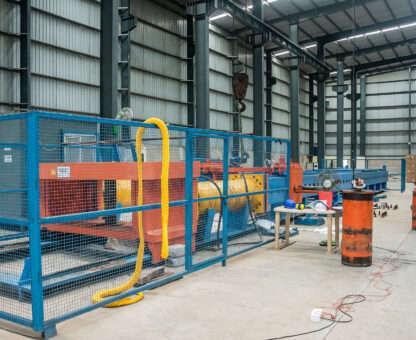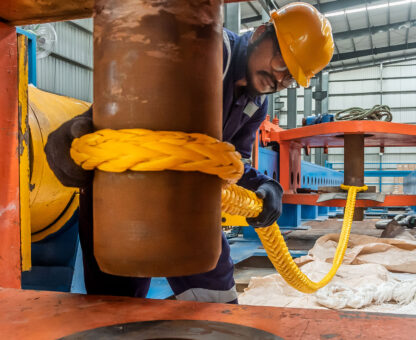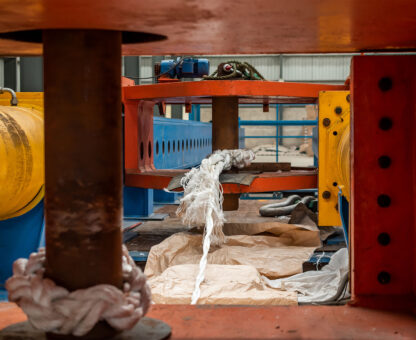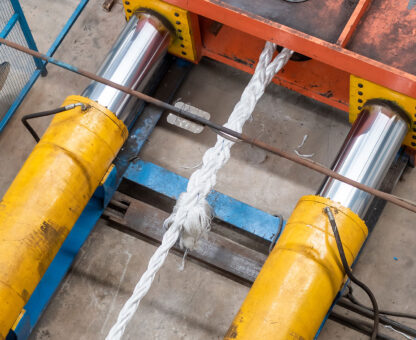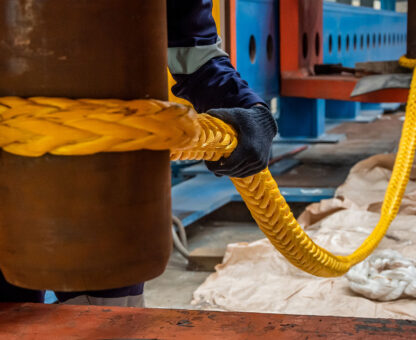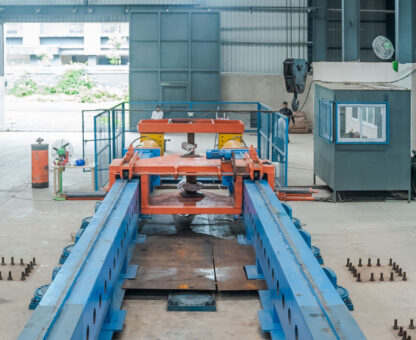A Complete Guide to Lifting Gear Calibration and Accuracy Testing
Lifting gear plays a crucial role in industrial safety, ensuring that heavy loads are moved efficiently and securely. Proper calibration and accuracy testing of lifting equipment are essential to prevent accidents, comply with regulations, and enhance operational efficiency. This guide will provide a comprehensive overview of lifting gear calibration, accuracy testing, and best practices for maintaining industrial safety.
Understanding Lifting Gear Calibration
Lifting gear calibration involves adjusting and verifying the accuracy of lifting equipment to ensure it meets specific performance standards. Calibration is necessary for various lifting devices, including cranes, hoists, slings, shackles, and load cells.
Why is calibration so Important?
Safety Compliance: Prevents workplace accidents and ensures adherence to safety standards.
Operational Efficiency: Reduces downtime caused by inaccurate load measurements.
Regulatory Requirements: Meets industry guidelines set by OSHA, ANSI, and other authorities.
Extended Equipment Lifespan: Reduces wear and tear by preventing overloads and miscalculations.
Key Aspects of Load Testing Accuracy
Load testing measures the lifting gear’s capacity and ensures it can handle specified loads without failure. Accuracy in load testing is critical for reliable performance.
Methods of Load Testing
Static Load Testing: The lifting gear holds a stationary load at a specific weight to assess stability.
Dynamic Load Testing: Evaluates the performance under movement and real operational conditions.
Proof Load Testing: Applies loads beyond normal capacity to verify structural integrity.
Factors affecting Load Testing
Environmental Conditions: Temperature, humidity, and wind can impact test results.
Calibration of Measuring Instruments: Ensure load cells and pressure gauges are correctly calibrated.
Operator Skill Level: Experienced personnel improve test accuracy and safety.
Equipment Condition: Regular inspections help maintain accuracy and reliability.
Best Practices for Maintaining Lifting Gear Accuracy
Regular Calibration Checks: Schedule periodic inspections and recalibrations.
Use Certified Calibration Services: Rely on accredited professionals for precise adjustments.
Record and Analyze Data: Keep logs of calibration and testing results for compliance tracking.
Train Personnel: Educate employees on proper calibration and load testing techniques.
Conclusion
Lifting gear calibration and accuracy testing are critical for maintaining industrial safety and efficiency. Regular testing, adherence to industry standards, and employing best practices ensure that lifting equipment functions reliably. By prioritizing proper calibration, businesses can enhance workplace safety, minimize risks, and optimize operational performance.
Need expert guidance on lifting gear calibration? Contact our specialists for professional assistance!
Are you ready to integrate AI-driven lifting solutions into your operations? Contact us to learn more!
Have a Project? Let’s Talk!
TESTING FACILITY
